Inventory: Retail / Tokyo
Market Value
From just-netted fish to farm-fresh meat and vegetables, the Japanese capital’s Azabudai Hills Market is a showcase for the country’s quality produce.
May 2024
Inventory
A monthly round-up of all you need
That food in Japan is outstanding is hardly news but what really separates the average meal in Tokyo from other big cities is often the quality of the ingredients. From grapes wrapped in muslin on the vine to freshly caught fish handled with the gentlest touch, Japanese producers are on another level. And what if the humble shopper wanted to get their hands on such produce? One new food market in Tokyo is offering just that and more under one roof. This is no regular supermarket – and is priced accordingly – but it’s a fascinating stop for anyone wanting to get to the heart of why the best Japanese food is so good. Even the sushi counter here, Sushi Saito, is a Michelin-starred operation.

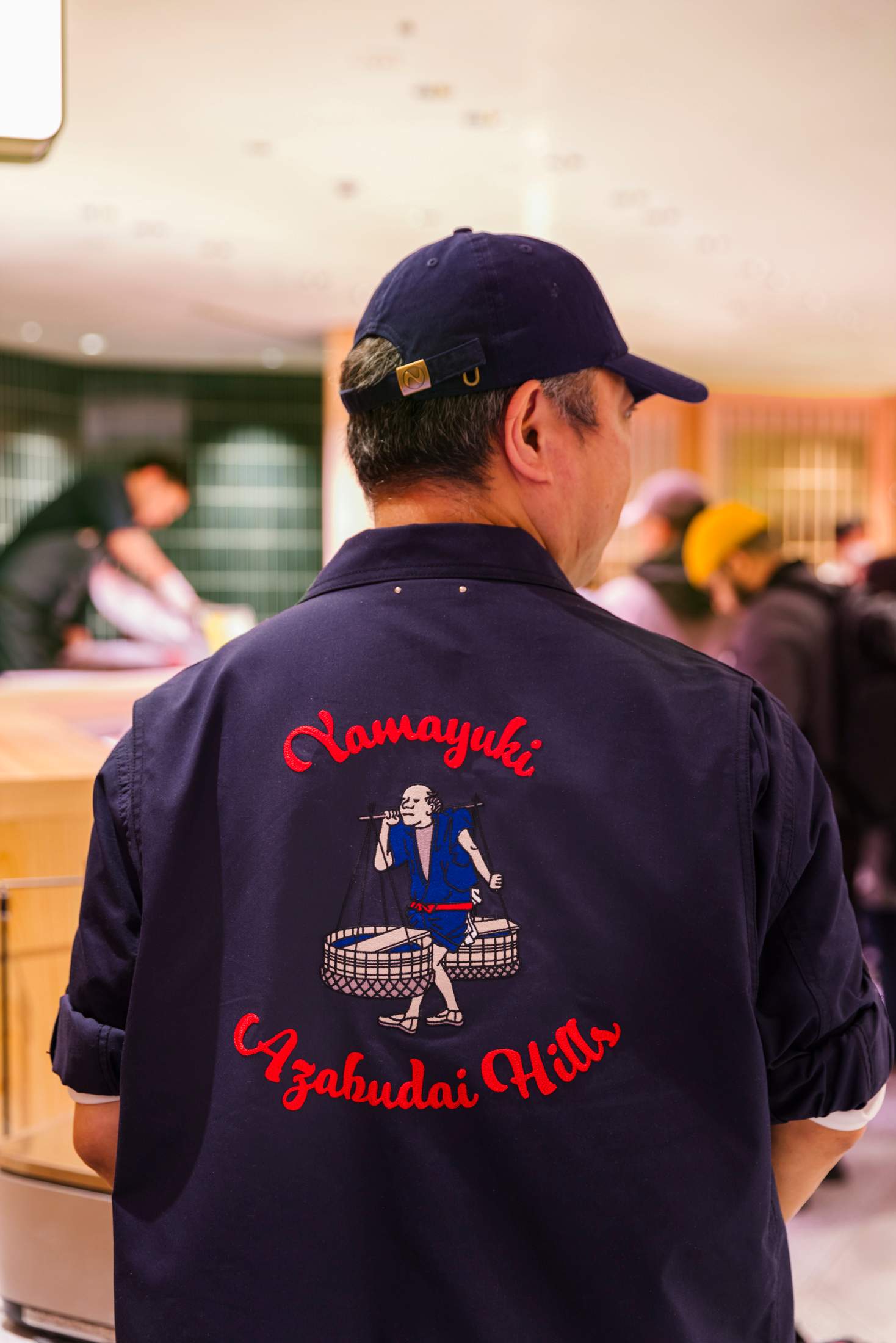
The Azabudai Hills Market – part of Mori Building’s giant new development – covers 4,000 sq m and 34 speciality shops. “We have had lots of experience with restaurant tenants but we had never done food retail,” says Masanori Tsukamoto, who developed the market with his colleague Takashi Ohgaki. “When we thought about how to do really good food retail, it was all about high-quality products,” says Tsukamoto. “We realised that great restaurants had access to the best produce so we talked to the ones we worked with about where they were
Previous page
1. Choose your own ‘dashi’ at Okume Shoten
2. Get your daily catch from the best fish wholesalers
3. Serving food with finesse
4. Traditional welcome at Maehara grilled-eel shop
This spread
1. Arranging vegetables at Kyoto Yaoichi
2. Premium fish lunchboxes
3. There are 34 restaurants and food counters
4. Nezu Matsumoto is renowned for its fish and chirashi sushi
5. Meidi-Ya supermarket
6. Blend your own beans at Ogawa Coffee Laboratory
7. Citrus at Kyoto Yaoichi
8. Slicing tuna at Yamayuki
getting their produce from. Sushi restaurant Saito told us that it was getting its fish from [seafood wholesaler] Yamayuki. We felt that it would be innovative if businesses that were only doing B2B became available B2C.”

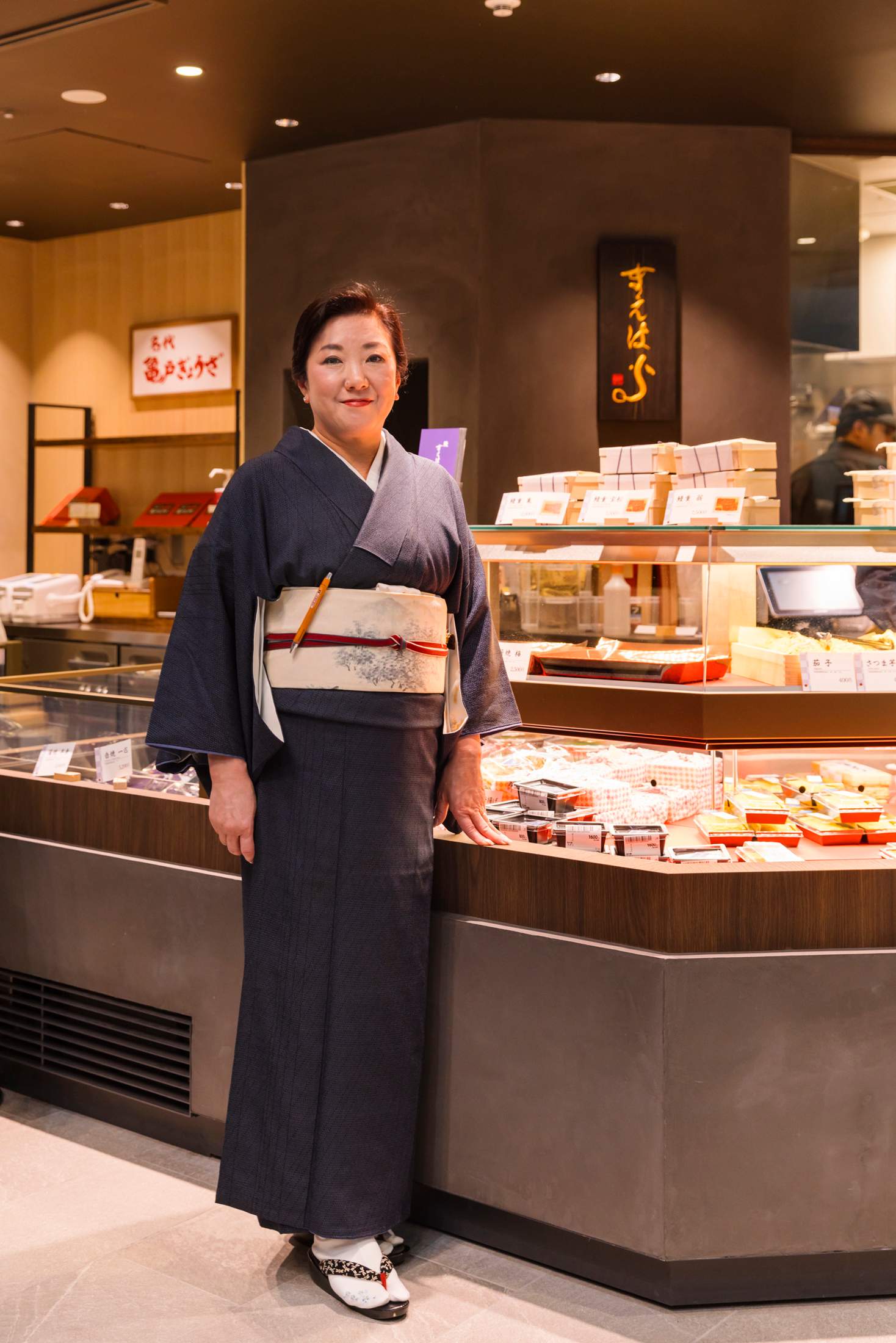
“We wanted to showcase the richness of Japanese food culture, so we selected retailers of the highest quality for each category,” Ohgaki tells Monocle. “And to show the variety of Japanese cuisine, not just sushi and tempura but also home cooking, from potato salad to karaage.” Hiyama butchers’ shop has been based in Ningyocho – a quaint Tokyo neighbourhood – for more than 100 years. The Hiyama buyers favour Yonezawa wagyu from Yamagata, marbled with just the right amount of fat; the thinnest slices need only be licked by a flame and they’re good to go. Tsukiji Toritoh is another traditional wholesaler founded in 1907 on the fringes of Tsukuiji fish market; this is where the best yakitori restaurants are sourcing their birds – and now you can too.
For fish, the team has netted top-drawer fishmongers Nezu Matsumoto and Yamayuki, which supplies many of the best restaurants in Tokyo. “I’ve been selling fish for 40 years but once I hit 60, I wanted to explore food education,” says Yukitaka Yamaguchi, owner of Yamayuki. “It’s difficult to find an [marine] environment like Japan anywhere else. I want to show what’s out there. I don’t think farming is bad but I want people to know the natural taste of real, wild fish.” By working face to face with customers, Yamaguchi can also give advice. “We get to say, ‘It’s delicious if you eat it this way’”, he adds. One of the staff is skilfully cutting a 164kg tuna caught in Shimoda.
For fresh fruit and vegetables, the market has called on Kyoto Yaoichi, a greengrocer, to handle only the best and most in season of produce: bamboo shoots (still covered in soil), the juiciest Japanese strawberries and perfectly ripe mikan citrus. There are also unfurled ferns, fresh wasabi and edible flowers.
“We wanted to showcase the richness of Japanese food culture so we selected retailers of the highest quality”
This is the place for those ¥50,000 (€300) melons and presentation boxes of uniform Japanese cherries but they also have everyday vegetables – just better versions. Look at the sad, out-of-season produce in the typical urban supermarket and weep.
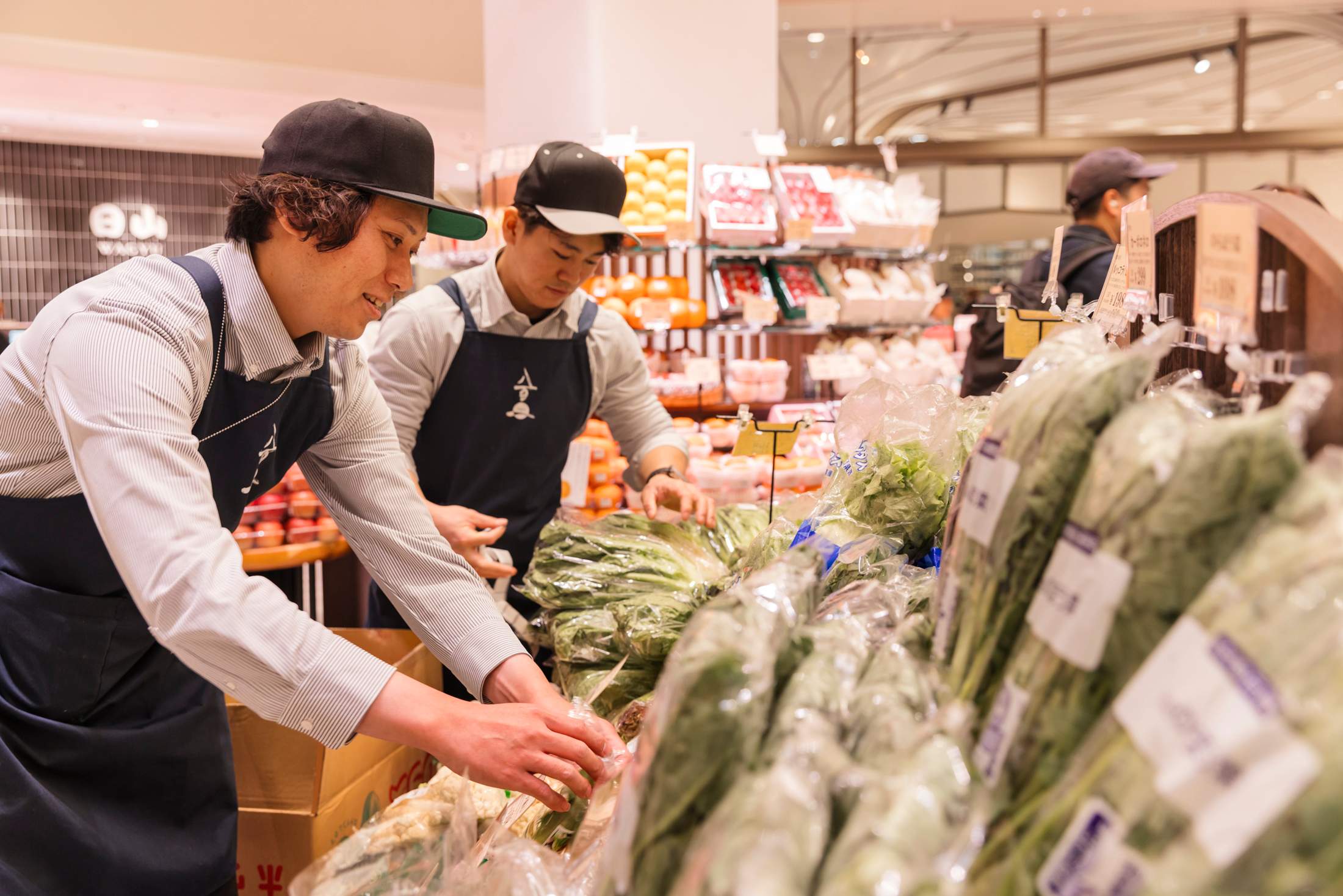
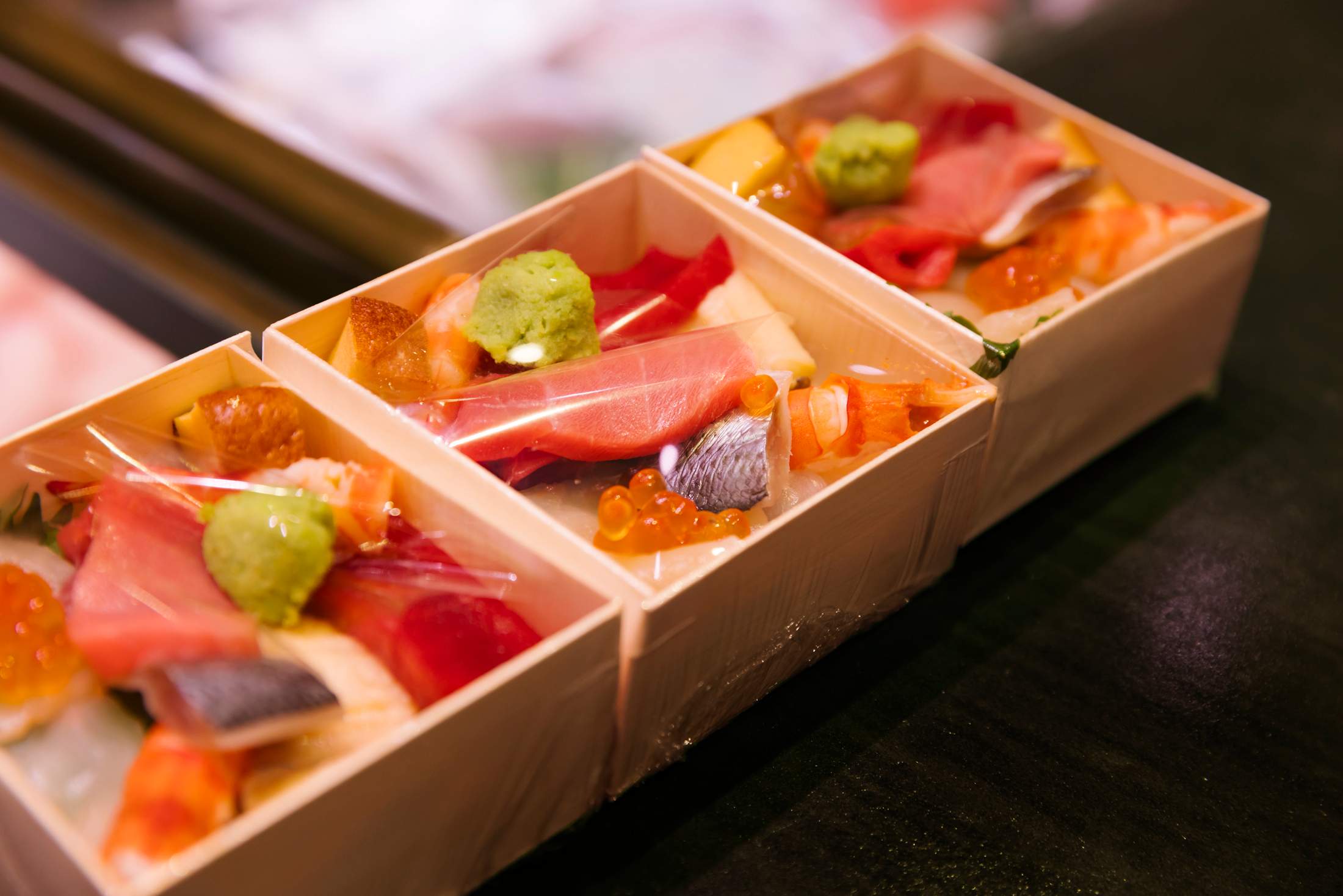
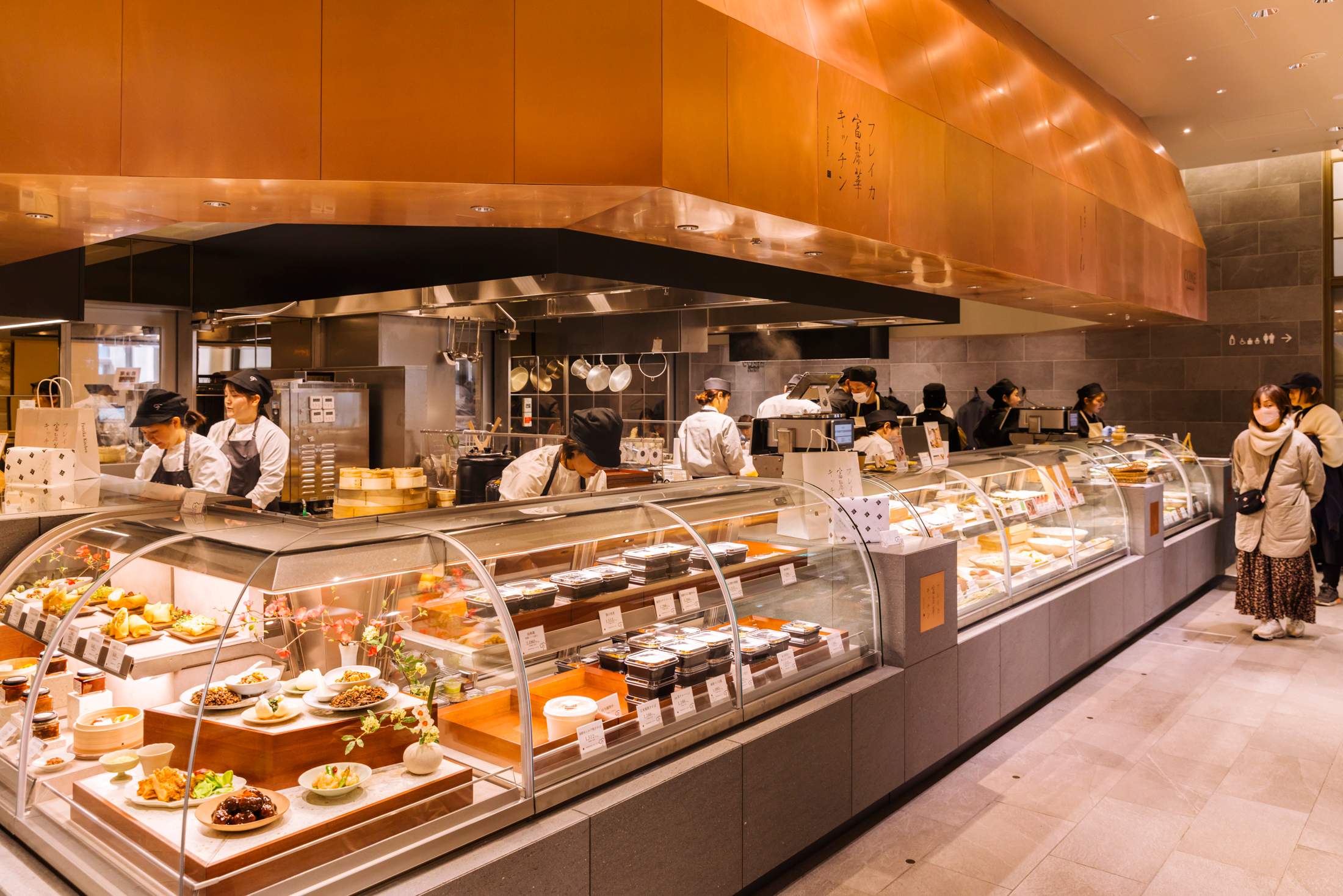
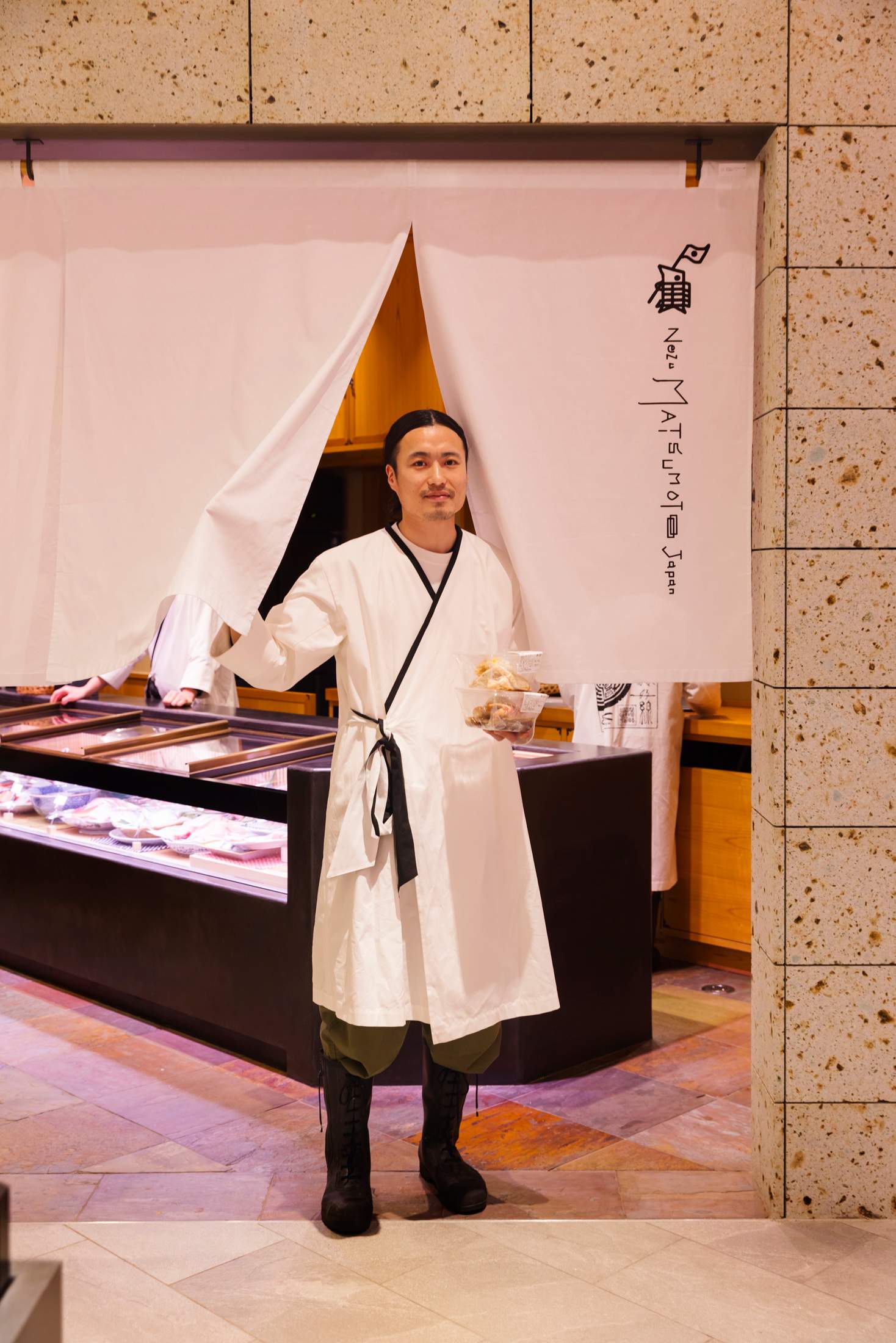


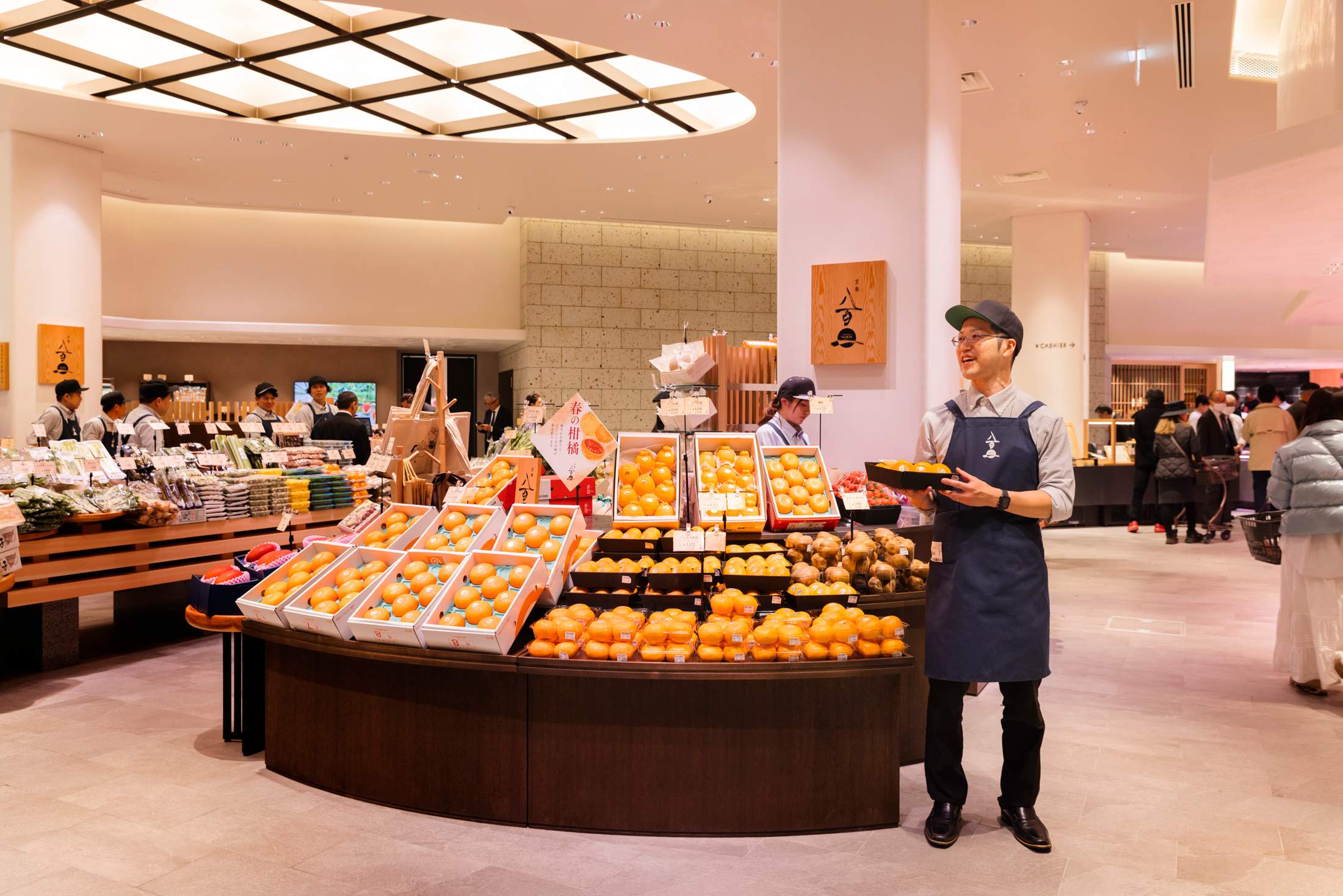
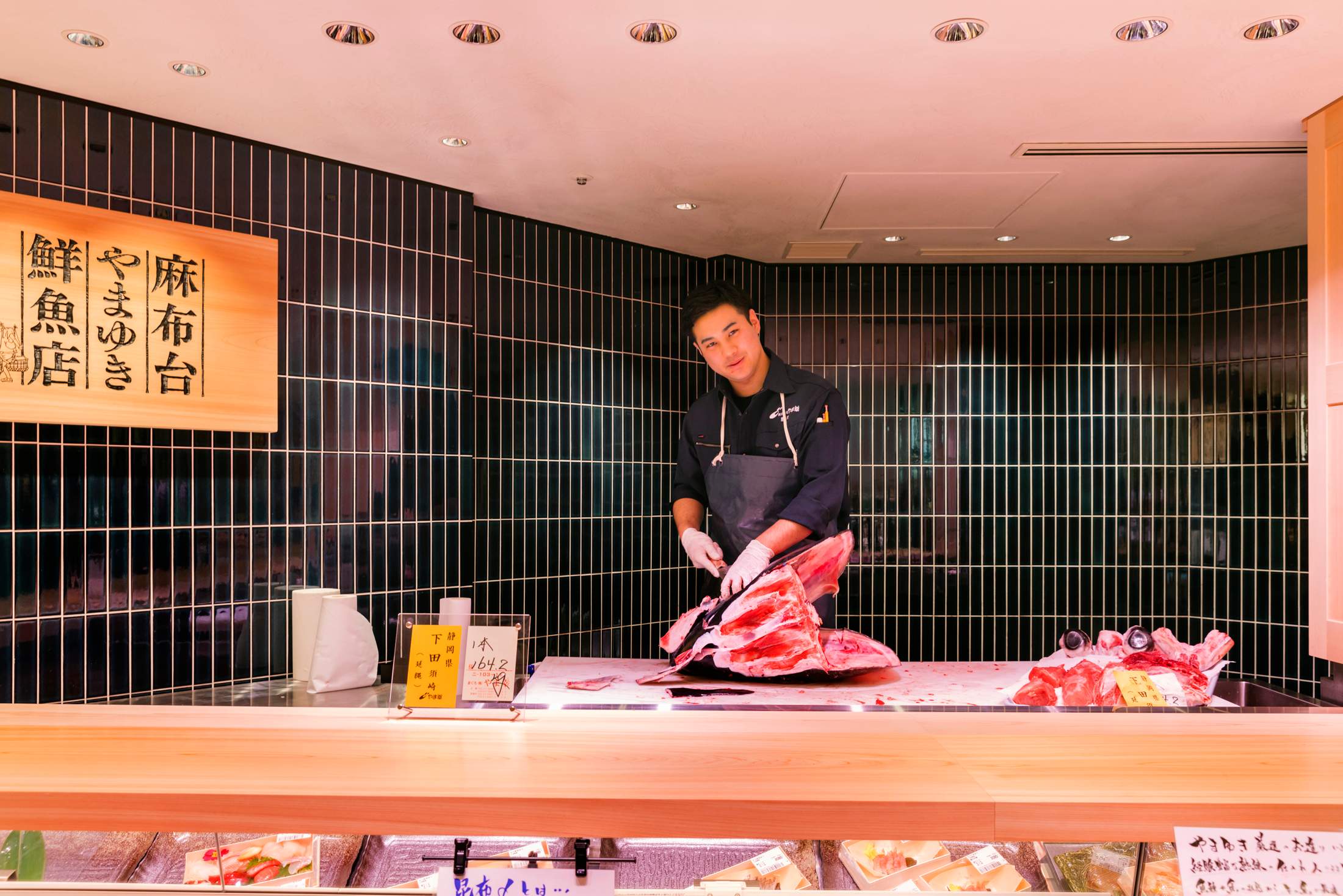
The bread shop, Comme’N Tokyo, whose popular mother shop is in Okusawa in Tokyo, is excellent, though you might never find out. So long are the queues that only the most dedicated will be going home with one of its baguettes or pastel-coloured meringues. The young baker in charge, Shuichi Osawa, was the first Japanese to take home top prize at international bread competition Mondial du Pain. Osawa knows his audience and there are almost 100 varieties on offer. Just don’t be in a hurry.
For pickles, customers will head to Nakaya, which, like so many classic food shops, originated on the outer edges of Tsukiji fish market. Nakaya is based in rural Ibaraki and specialises in vegetables pickled in rice bran. Free from additives, these pickles bear no relation to the wincingly sharp onions in a jar but allow the taste of the vegetable to shine through. For dashi stock – made from bonito and the basis of so much Japanese cooking – the amateur chef can go to Okume Shoten, which has been selling seafood since 1871. Customers can select their own dashi. For miso, look no further than Tokyo favourite Sano.

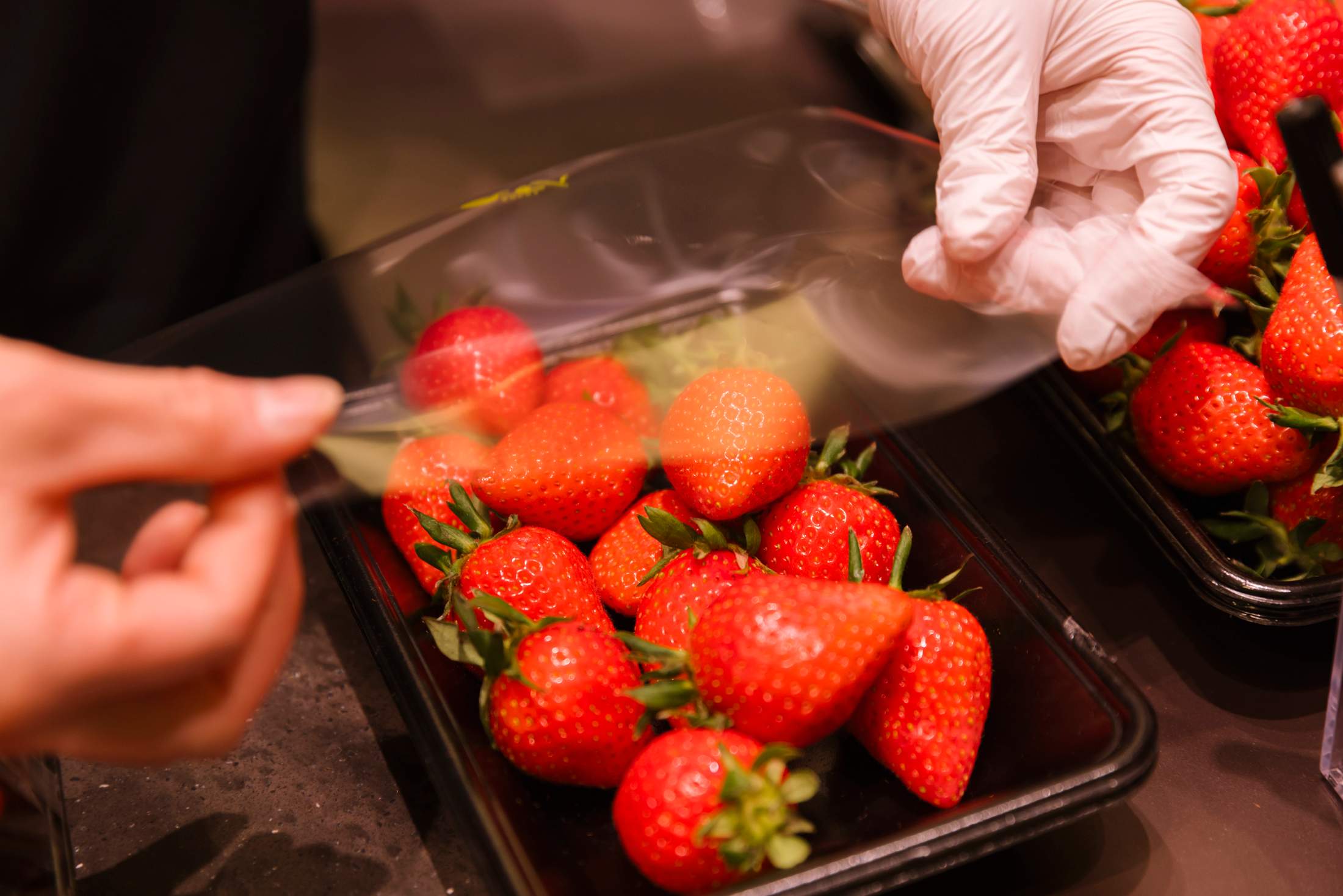

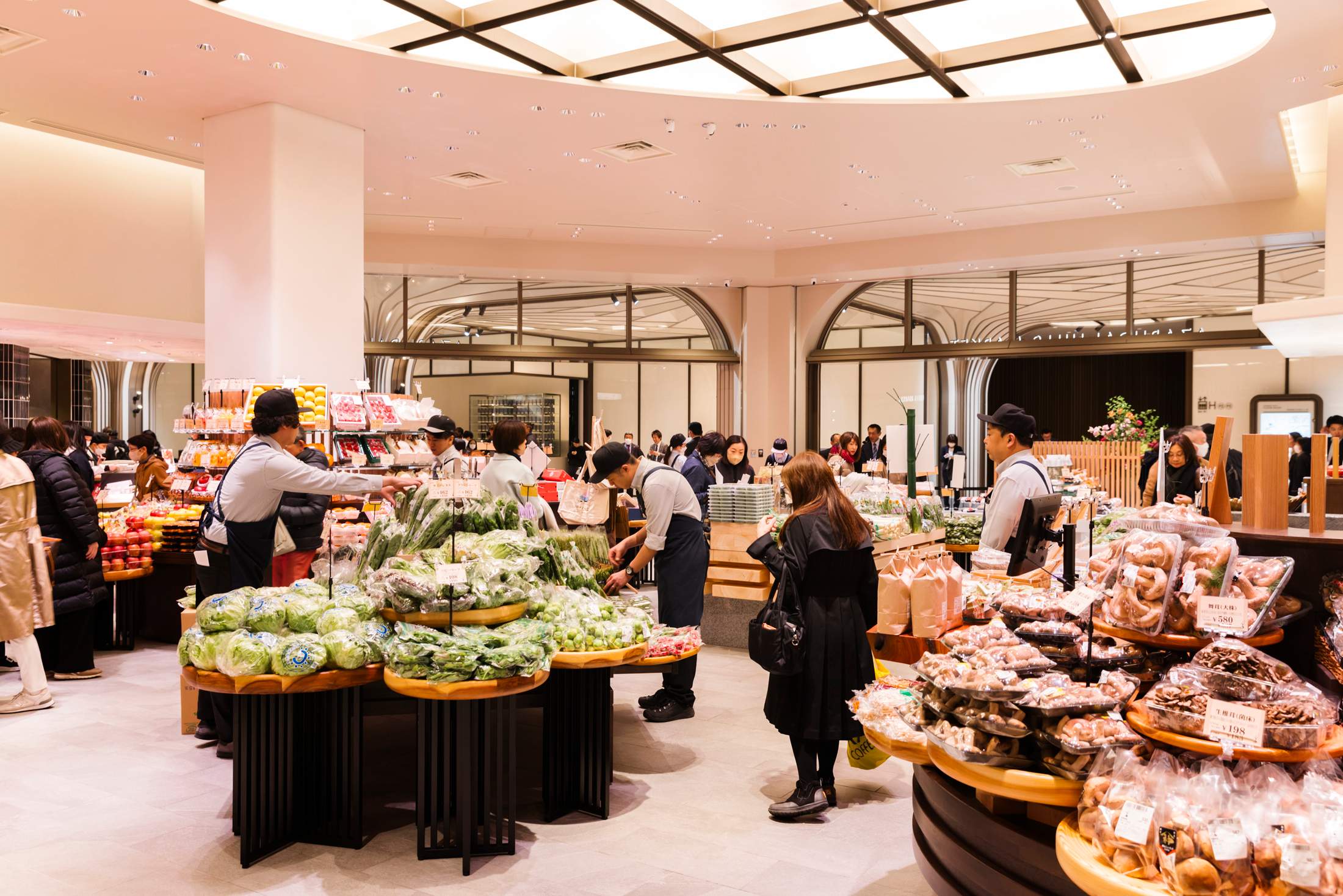

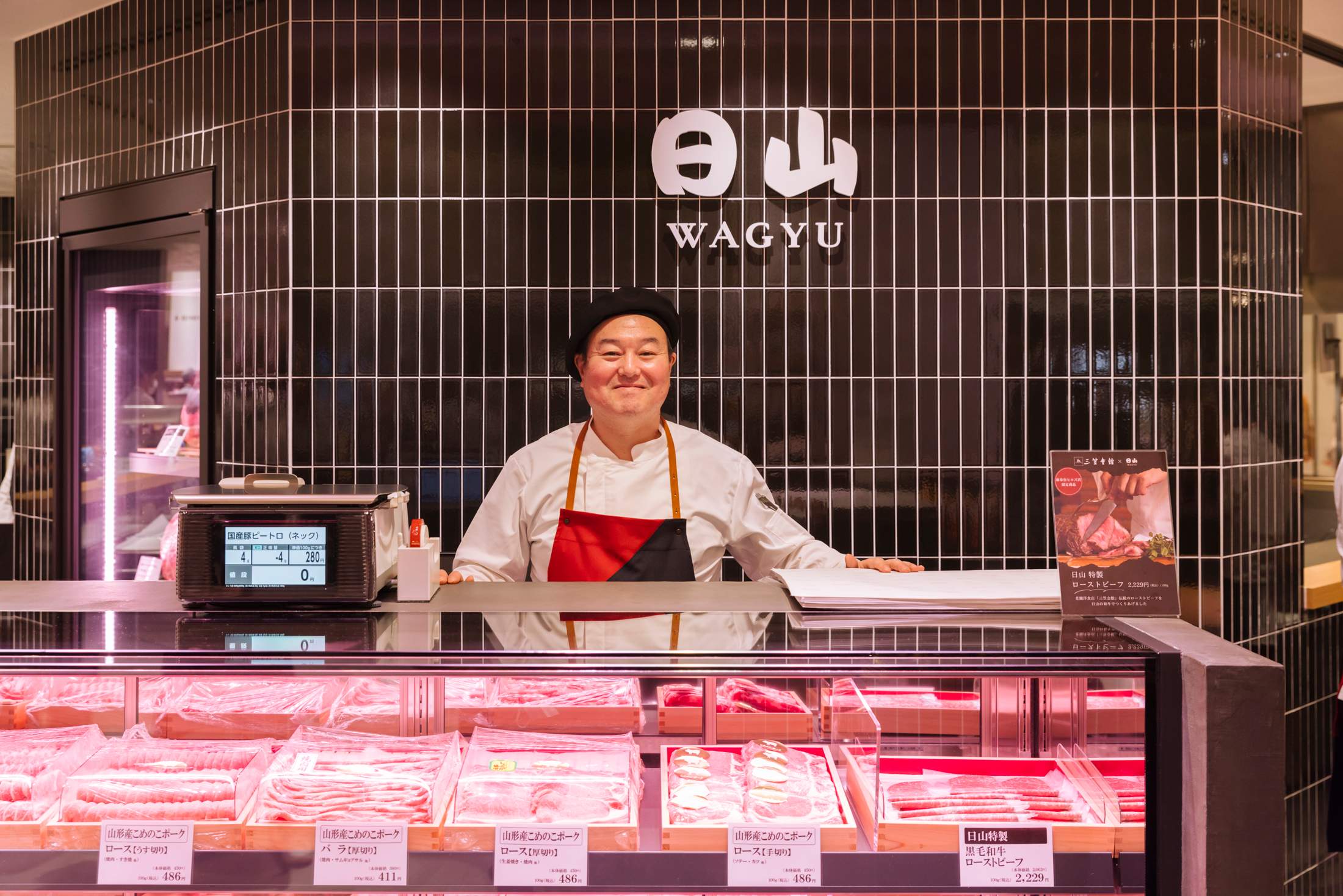

“The age group of our customers runs from seniors to young children,” says Ohgaki. “We have fish tanks that little kids can see, as well as a bakery dedicated for children [Comme’N Kids], so it’s a fun place for them as well.” From this month the Azabudai Hills Market Lab will host events and workshops that offer opportunities to eat the produce at pop-up sushi counters and sit-down lunch bars. Every aspect of a meal is available here, with ingredients so superb, that even the least adept cook might make the meal of a lifetime. —
azabudai-hills.com
Case study: Rice
Rice is a Japanese preoccupation that potato-loving Western cultures can never quite get t o grips with. At Azabudai Hills, customers can buy from celebrated century-old Tokyo rice shop Sumidaya Shoten, which is now run by Shinichi Katayama. The rice is top quality, of course, but Katayama is also keen to teach people how to prepare it properly. “No matter how good the rice is, if it is cooked incorrectly, it will not be delicious.”
Case study: Wine
Wine is given its own space on an upper floor and run by Yamajin, a century-old wine merchant from Utsunomiya, led by Kenichi Ohashi, the only person in Japan to hold the Master of Wine title. It sells big French classics, amphora-aged wines from Georgia and a strong saké selection, and has a counter for trying the odd glass or two. For coffee lovers, emerge from the entrance (admiring the architecture by Thomas Heatherwick and architect Ai Yoshida of Japan’s Suppose Design) and pick up beans from Kyoto roasters Ogawa Coffee Laboratory. Dozens of varieties are lined up like fragrances and staff will blend according to taste.


